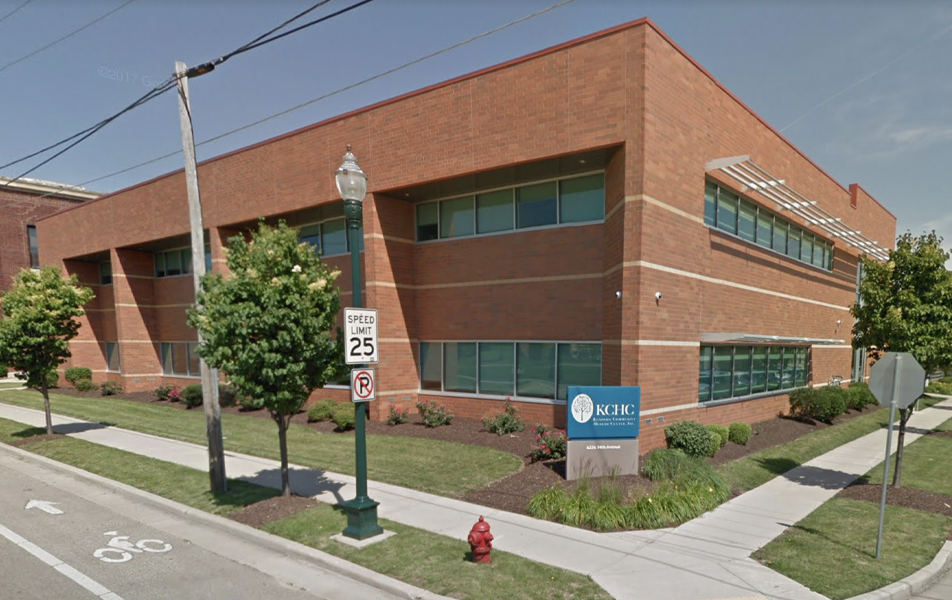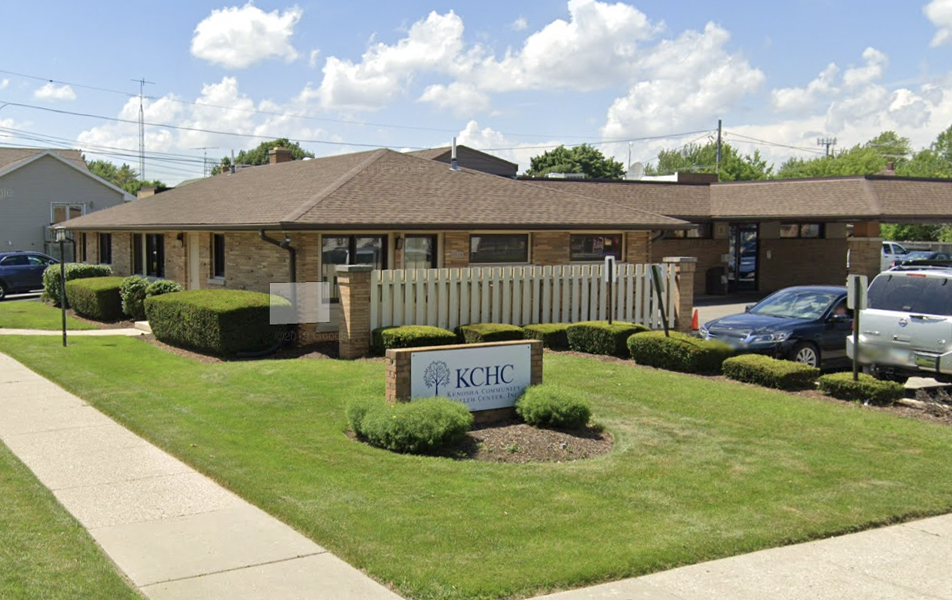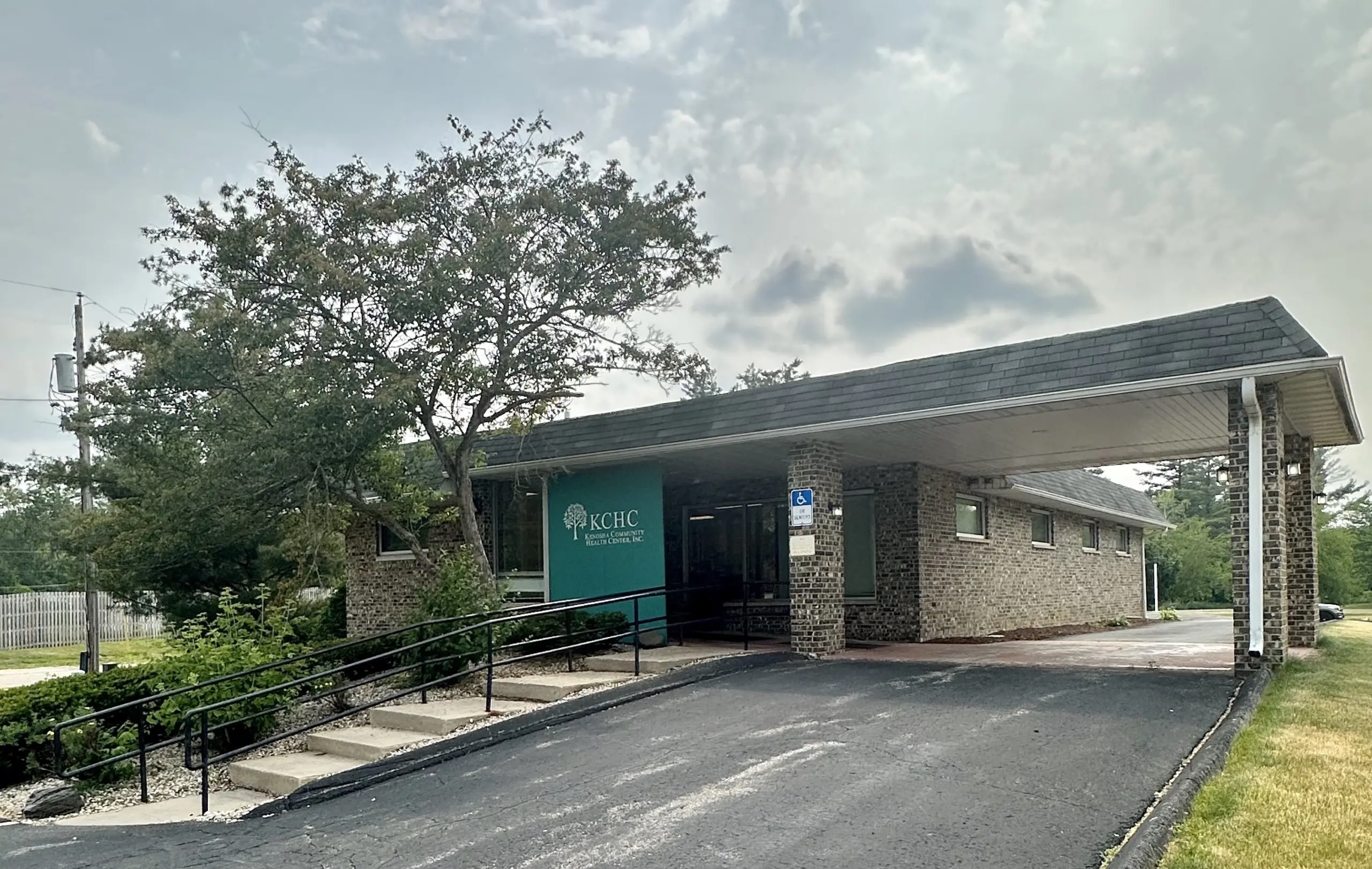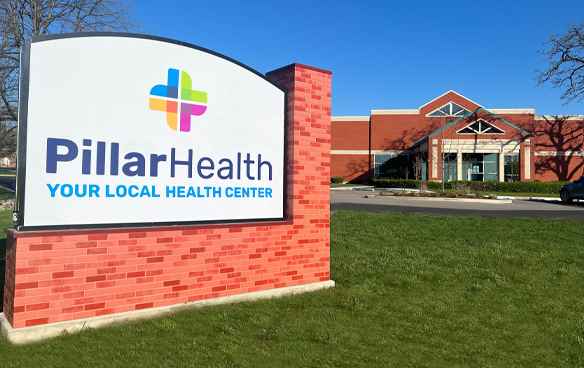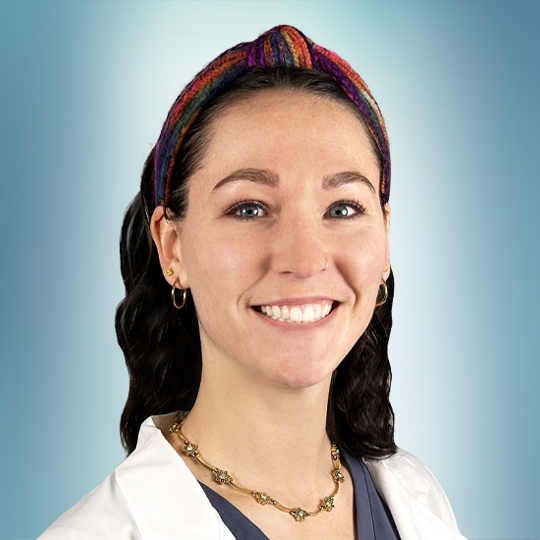April 9, 2024
Dyson Phillips is a dedicated Clinic Operations Manager at Kenosha Community Health Center's 14th Avenue Kenosha Clinic. Dyson joined KCHC in February 2024, bringing his expertise and a deep passion for healthcare to our team.
April 9, 2024
At Pillar Health and Kenosha Community Health Center, we are here to help your kids grow up healthy and happy in Kenosha, Racine and Walworth Counties. We know that being healthy means more than avoiding sickness. It means feeling good in your body and your mind, too.
March 27, 2024
National Healthcare Decisions Day (NHDD) exists to inspire, educate and empower the public and health providers about the importance of advanced care planning. No matter what your age it’s important for you to complete an Advance Directive and that informs your family about your healthcare wishes.
March 22, 2024
Dr. Sharee Chance-Lawson is a devoted family medicine physician at Kenosha Community Health Center's 22nd Avenue location. Dr. Chance-Lawson began her journey with in March of 2024, bringing a wealth of knowledge and experience to our community.
February 14, 2024
On the evening of February 8, 2024, Pillar Health and Kenosha Community Health Center were bestowed with a Forward Award by the Kenosha Area Business Alliance.
January 31, 2024
Pillar Health and Kenosha Community Health Center are stepping up to provide vital mental health services in response to the alarming increase in mental health issues among teenagers in Kenosha, Racine, and Walworth Counties, Wisconsin.
January 11, 2024
Vedrana (Vee) Jovkovic is a Family Nurse Practitioner and a new primary care provider at Pillar Health Clinic in Kenosha, Wisconsin. She's here to care for people who are 13 years old and older. Vee speaks both English and Serbian, which means she can help and communicate with a broad range of people, including those from eastern Europe.
December 18, 2023
Support the 'A Pathway to Clearer Sight' campaign by Kenosha Community Health Center & Pillar Health this holiday season to improve student vision in Kenosha, Racine, and Walworth counties. Help us raise $250,000 for the Pillar Kids Optometry Program and give the gift of sight to children in need. Donate today for a 2023 tax deduction and a brighter future.
Do not wait to schedule your appointment.
Kenosha Community Health Center has many appointment options in Kenosha and Silver Lake to meet your needs.
Schedule An Appointment

